Venturing into the great outdoors offers countless rewards, from fresh air to stunning scenery. However, sharing these natural spaces with wildlife sometimes means unexpected encounters with creatures like the copperhead snake. These North American pit vipers, known for their distinctive copper-colored heads and hourglass-patterned bodies, inspire both fascination and fear. While copperheads aren’t typically aggressive, their venomous bite requires respect and caution. This guide provides crucial information about copperhead identification, behavior, and most importantly, how to safely respond if you cross paths with one during your outdoor adventures.
Identifying Copperhead Snakes in the Wild
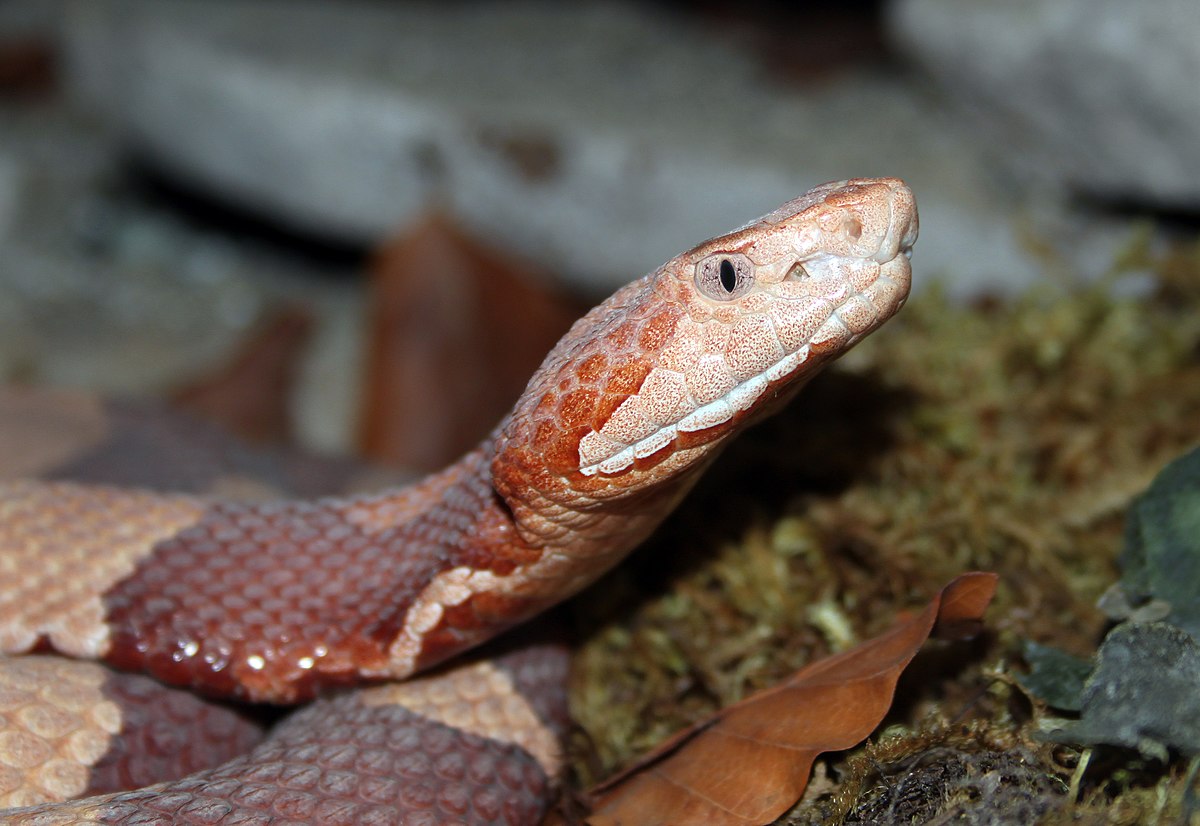
Copperhead snakes (Agkistrodon contortrix) possess several distinctive features that help with identification. Their most recognizable characteristic is the copper-red head that gives them their name, complemented by a body featuring hourglass-shaped crossbands in chestnut or copper hues against a lighter tan or pinkish background. Adult copperheads typically measure between 2-3 feet in length, with a thick, muscular body that tapers to a short tail.
Young copperheads look similar to adults but often have a yellow-tipped tail they use as a lure to attract small prey like frogs and insects. Unlike some other snakes with round pupils, copperheads have vertical, elliptical pupils similar to a cat’s eyes—a common trait among venomous pit vipers.
Copperhead Habitats and Where You Might Encounter Them
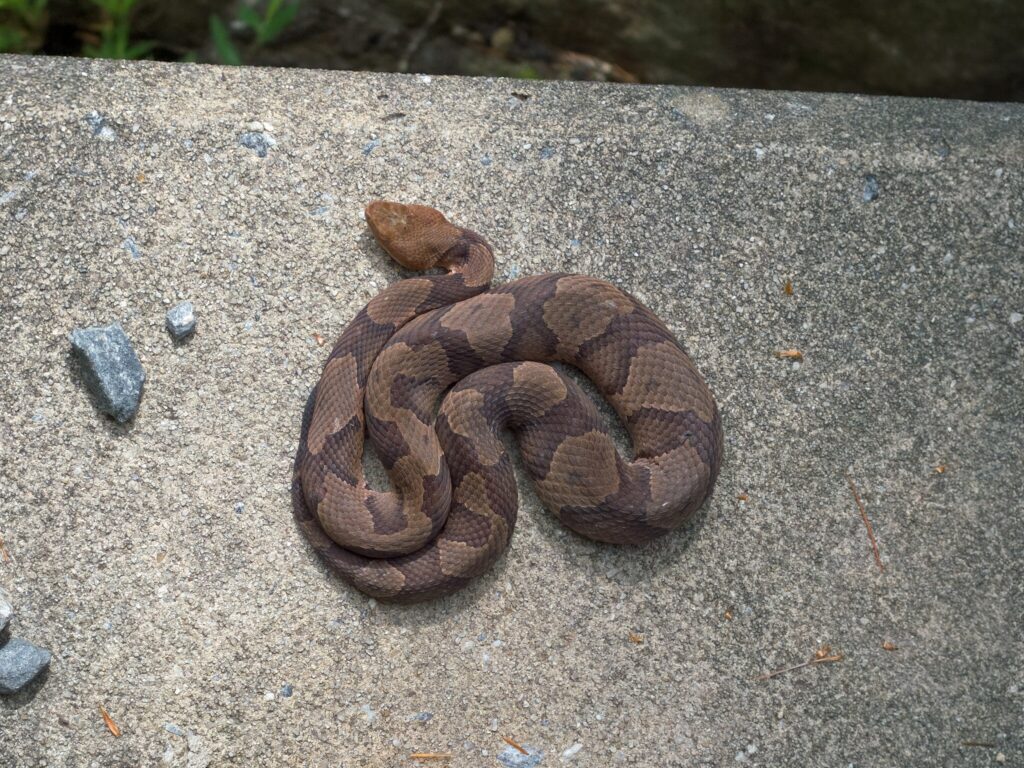
Copperheads inhabit a variety of environments across the eastern and central United States, from southern New England to West Texas and northern Mexico. These adaptable snakes thrive in diverse settings including deciduous forests, rocky hillsides, woodpiles, swampy areas, and suburban neighborhoods with sufficient cover. During warmer months, copperheads may be found basking on rocks, fallen logs, or hiking trails to regulate their body temperature.
They’re particularly active during dawn and dusk when temperatures are moderate, though they may become nocturnal during the hottest summer months. Suburban encounters often occur around landscaping, garden edges, woodpiles, and other areas providing both shelter and access to prey like rodents, small birds, and amphibians.
Understanding Copperhead Behavior and Temperament
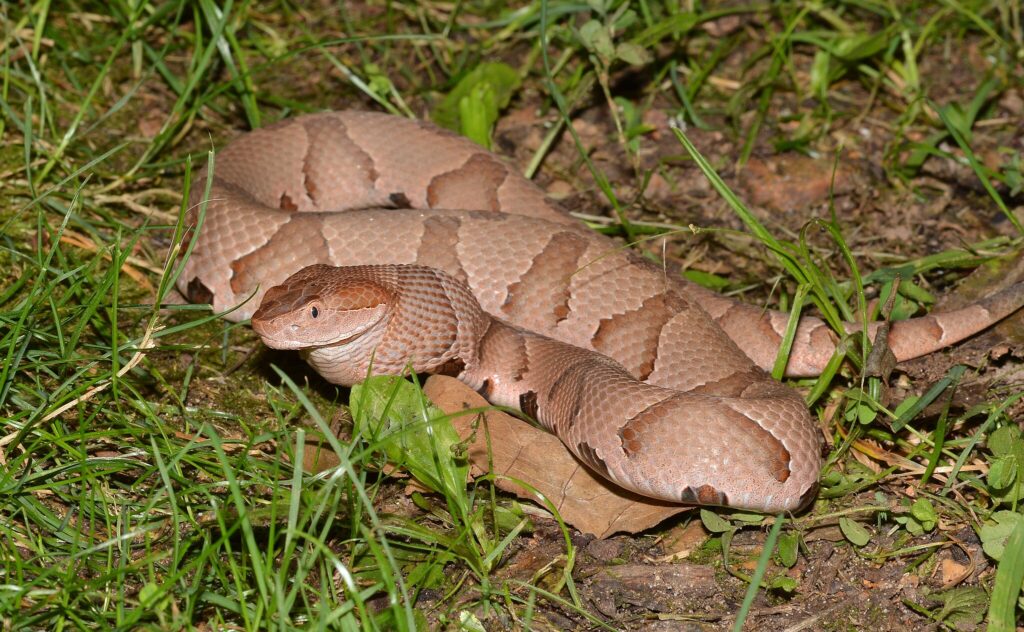
Contrary to popular belief, copperheads are not inherently aggressive snakes and typically prefer to avoid confrontation with humans whenever possible. When threatened, their primary defense mechanism is to freeze in place, relying on their exceptional camouflage to blend with fallen leaves and forest debris. If freezing proves ineffective, they may vibrate their tail as a warning (similar to a rattlesnake, though without the rattle) or attempt to retreat from the perceived threat.
Copperheads generally strike only as a last resort when they feel cornered or directly threatened, such as being stepped on or grabbed. This defensive behavior is most pronounced during mating season in spring and fall, or when females are guarding recently born young, which typically happens in late summer.
Immediate Actions When Spotting a Copperhead
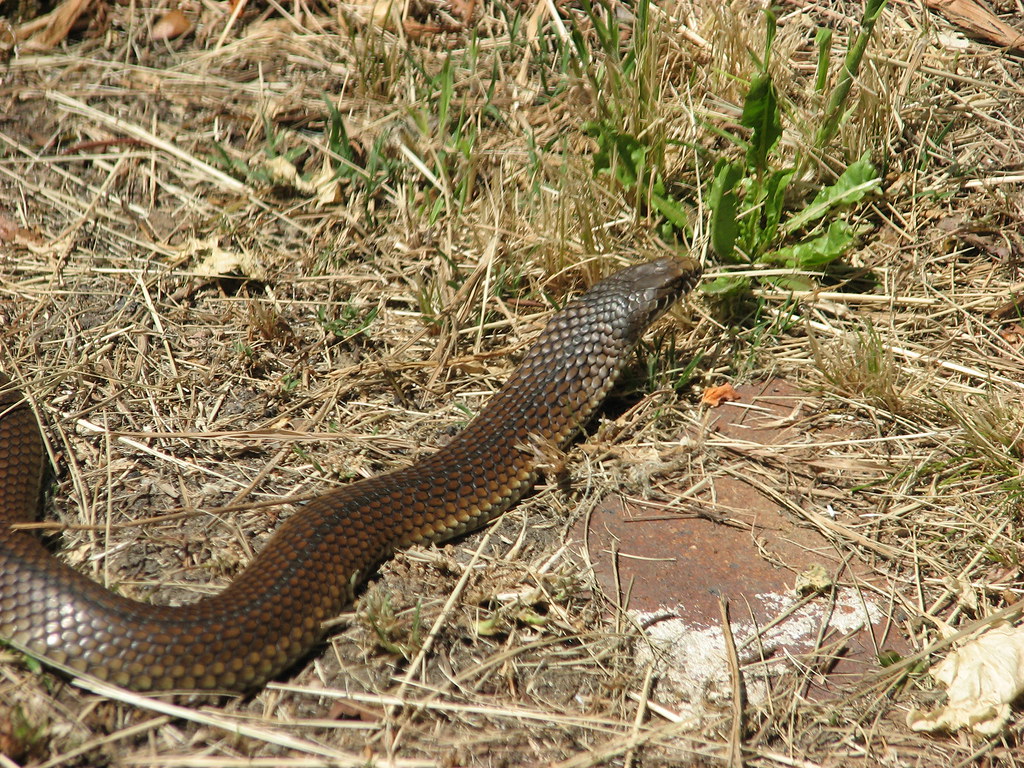
If you spot a copperhead snake in the wild, your first action should be to stop moving immediately to assess the situation and determine the snake’s location. Remain calm and avoid making sudden movements that might startle the snake or be interpreted as threatening behavior. Slowly and deliberately back away from the snake, maintaining a distance of at least 6 feet, which is well beyond their striking range.
Alert others in your group quietly about the snake’s presence so they can also maintain a safe distance. Remember that the snake is likely more afraid of you than you are of it and will generally not pursue humans. Taking photos from a safe distance can be helpful for species confirmation later, particularly if you’re unsure whether you’ve encountered a copperhead or a harmless look-alike.
Safe Distance and Observation Techniques
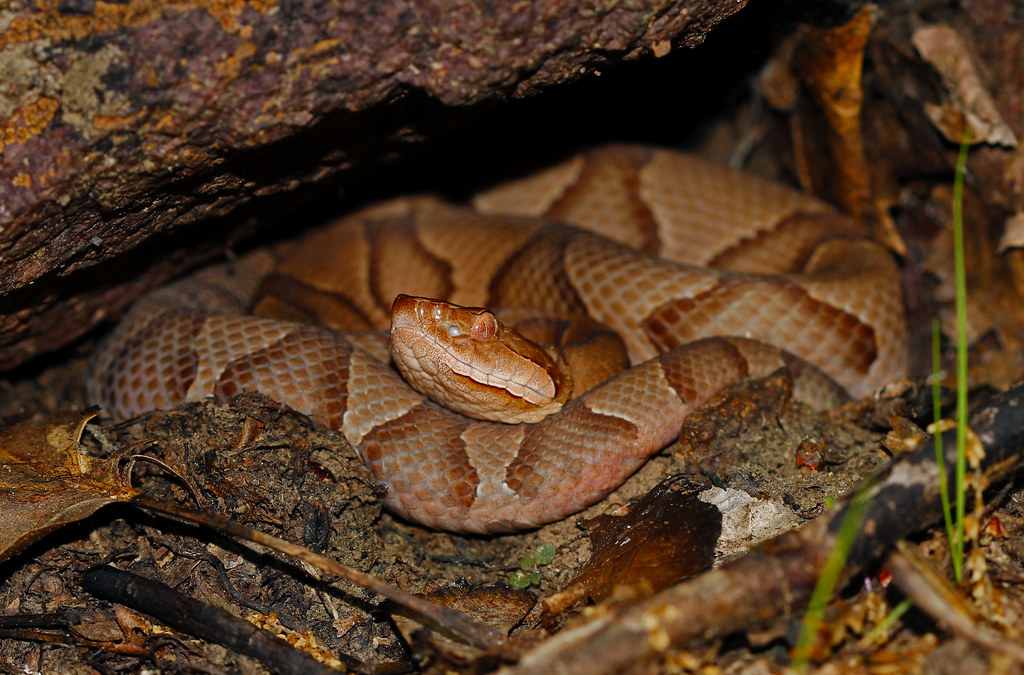
When observing a copperhead from a safe distance, position yourself at least 6 feet away, as the snake’s strike range is typically less than half its body length. Use binoculars or your camera’s zoom function for a closer look without putting yourself at risk. Pay attention to the snake’s behavior—a relaxed copperhead will generally remain still or move slowly, while one feeling threatened may coil, vibrate its tail, or position itself to strike with its head raised.
If you wish to photograph the snake, use a telephoto lens and avoid using flash photography, which can startle the animal. For scientific observation purposes, note details such as approximate size, coloration patterns, and behavior without disrupting the animal’s natural activities. Remember that most snakes, including copperheads, play valuable ecological roles and deserve respect in their natural habitat.
Avoiding Copperhead Snake Bites on the Trail
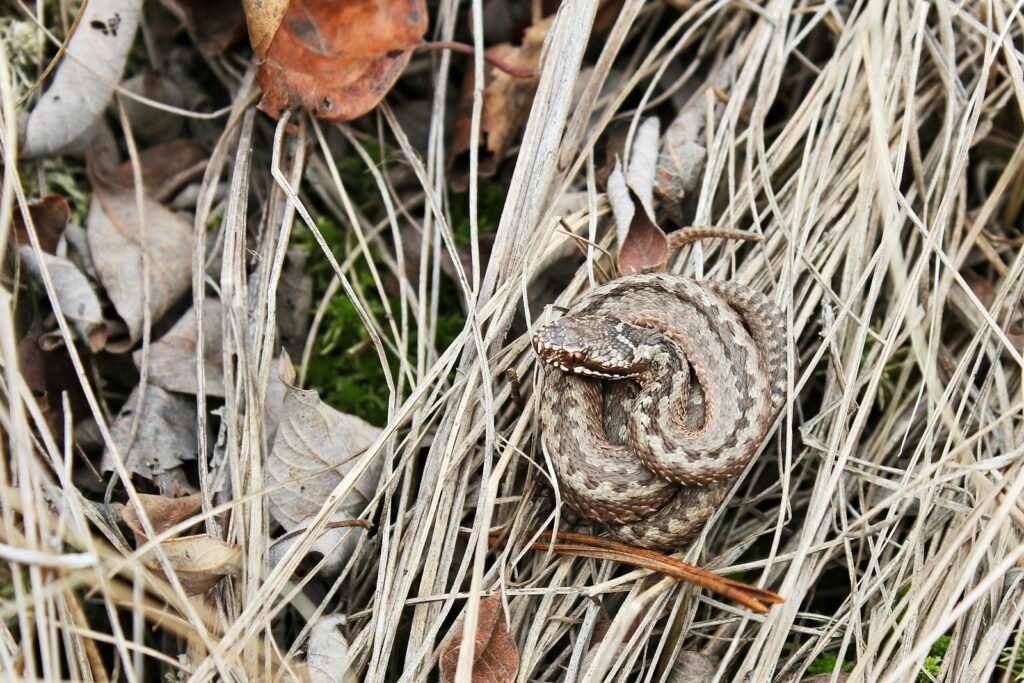
Preventing encounters with copperheads begins with proper attire when hiking in snake country. Always wear closed-toe shoes or hiking boots and long pants, preferably made of thicker materials that provide some protection against accidental strikes. Stick to established trails where visibility is better and avoid reaching into areas you cannot see clearly, such as dense vegetation, rock crevices, or hollow logs.
When hiking, use a walking stick to probe areas ahead of you, particularly in rocky terrain or leaf-covered paths where camouflaged copperheads might rest. Remain especially vigilant during early morning and evening hours when copperheads are most active, and avoid hiking alone in areas known to have significant snake populations. Consider using gaiters or snake guards in areas with high snake density for additional protection against potential bites.
Navigating Around a Copperhead Safely
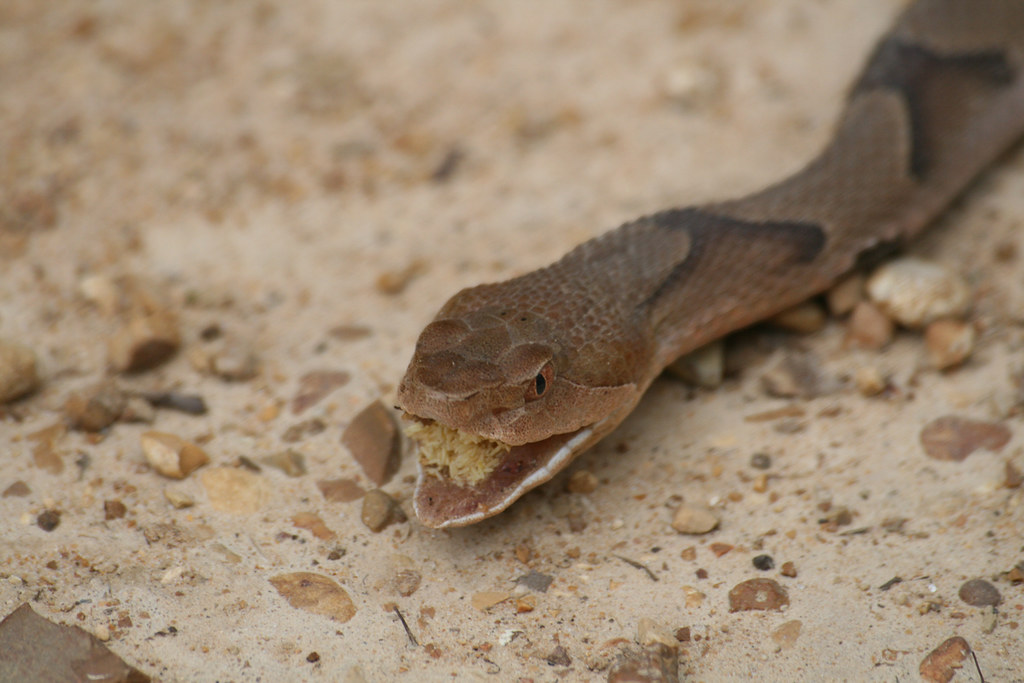
If a copperhead blocks your path on a trail, never attempt to move, handle, or kill the snake, as most bites occur when people try to interact with snakes. Instead, give the snake a wide berth by walking around it, maintaining at least 6 feet of distance at all times. If the trail is too narrow for safe passage, wait patiently for several minutes to see if the snake moves on its own accord. Should the snake remain stationary, carefully backtrack and find an alternative route or wait longer if no other path is available.
Never attempt to hurry or frighten the snake into moving by throwing objects or making loud noises, as this may provoke a defensive strike. If hiking with dogs, keep them leashed and under control in areas where copperheads might be present, as curious dogs often sustain snake bites while investigating unfamiliar scents.
Distinguishing Copperheads from Look-Alike Species
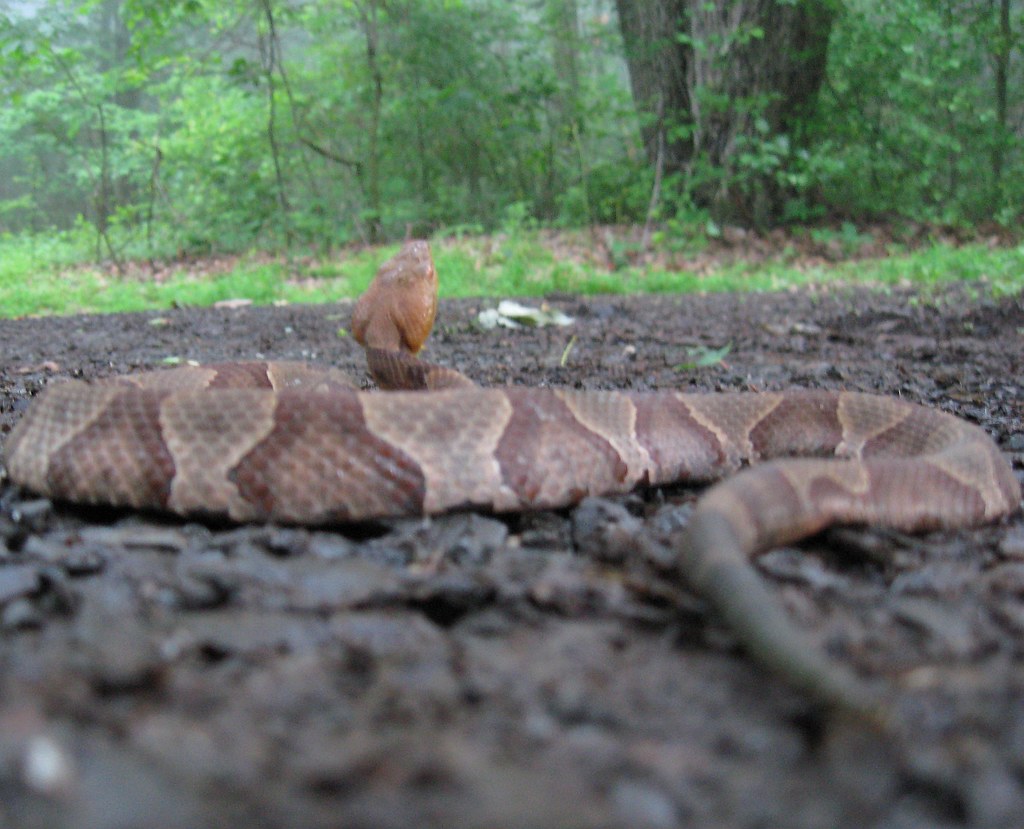
Several non-venomous snakes are frequently mistaken for copperheads due to superficial similarities in coloration or pattern. The eastern milk snake and northern water snake often have copper-like coloration and some banding, but lack the distinctive hourglass pattern that narrows in the middle of the body. Juvenile rat snakes may also have some pattern resemblance but generally have more rectangular blotches rather than true hourglasses.
A key difference is that these harmless look-alikes typically have round pupils rather than the vertical, cat-like pupils of copperheads. Additionally, non-venomous snakes usually have a more slender build compared to the thicker, more muscular body of the copperhead. The corn snake, another common look-alike, has a more vibrant orange-red coloration with distinct black borders around its blotches, unlike the copperhead’s more subdued copper tones with no black outlining.
Emergency Response to a Copperhead Bite
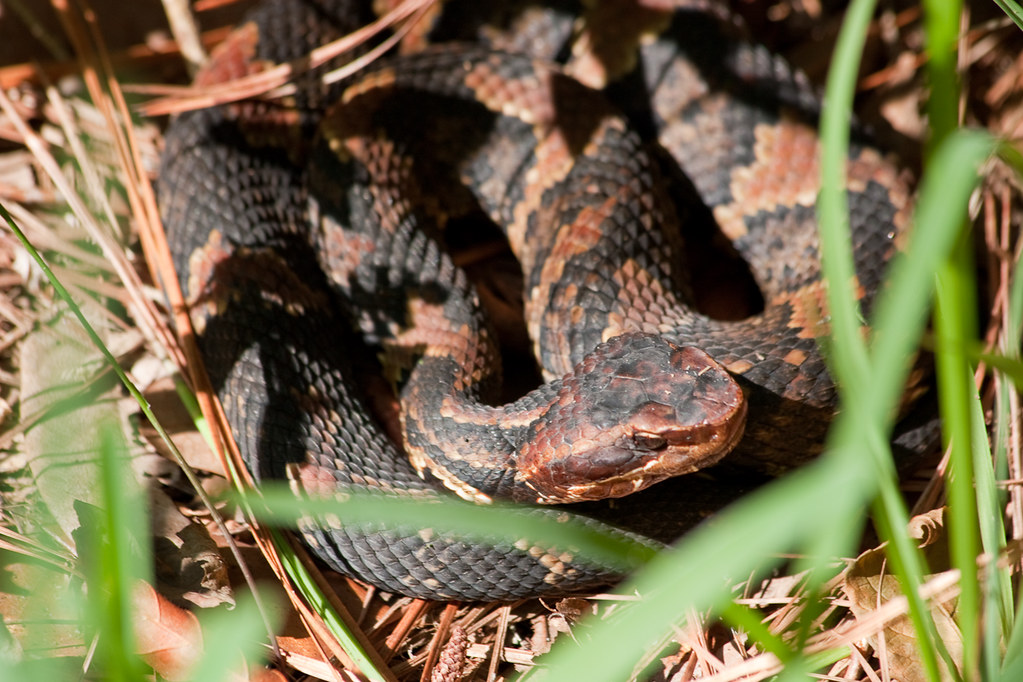
Despite their venomous nature, copperhead bites are rarely fatal to adults, though they require immediate medical attention. If bitten, your first priority should be to move away from the snake to prevent additional strikes while keeping the affected limb lower than heart level to slow venom spread. Remove any constricting items like jewelry or tight clothing near the bite area before swelling begins. Clean the bite with soap and water if available, but avoid traditional first aid methods such as tourniquets, cutting, suction, or ice, which can worsen tissue damage.
Call emergency services immediately or have someone transport you to the nearest medical facility, remaining as calm and still as possible to slow heart rate and venom circulation. If alone and far from help, slowly and deliberately make your way toward assistance while conserving energy, as exertion increases venom circulation. Taking a clear photo of the snake from a safe distance can help medical professionals identify the species and determine appropriate treatment.
Medical Treatment for Copperhead Envenomation
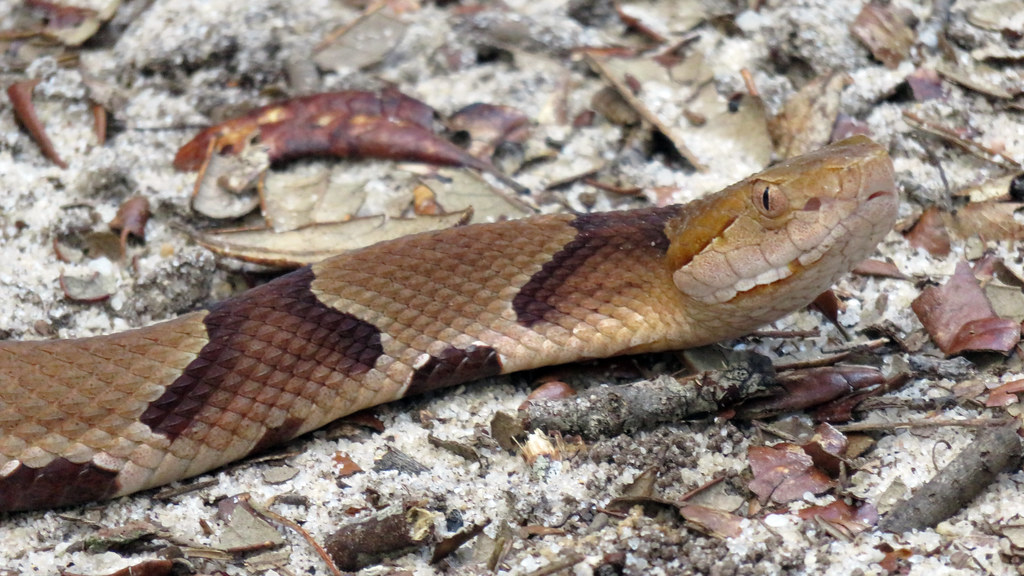
Hospital treatment for copperhead bites typically begins with careful assessment of envenomation severity, as approximately 25% of bites may be “dry” with little to no venom injected. Healthcare providers will monitor vital signs and evaluate the progression of symptoms such as swelling, pain, and tissue damage. Antivenom (CroFab) may be administered in moderate to severe cases, particularly for children or when significant tissue damage is evident. Pain management is an important component of treatment, often requiring prescription medication to address the intense discomfort associated with copperhead venom.
Most patients recover without permanent damage, though the healing process may take several weeks with potential for temporary mobility issues, swelling, and bruising. Follow-up care typically includes wound management, possibly physical therapy for affected limbs, and monitoring for rare but possible delayed allergic reactions to the venom or antivenom.
Preventative Measures Around Your Home and Campsite
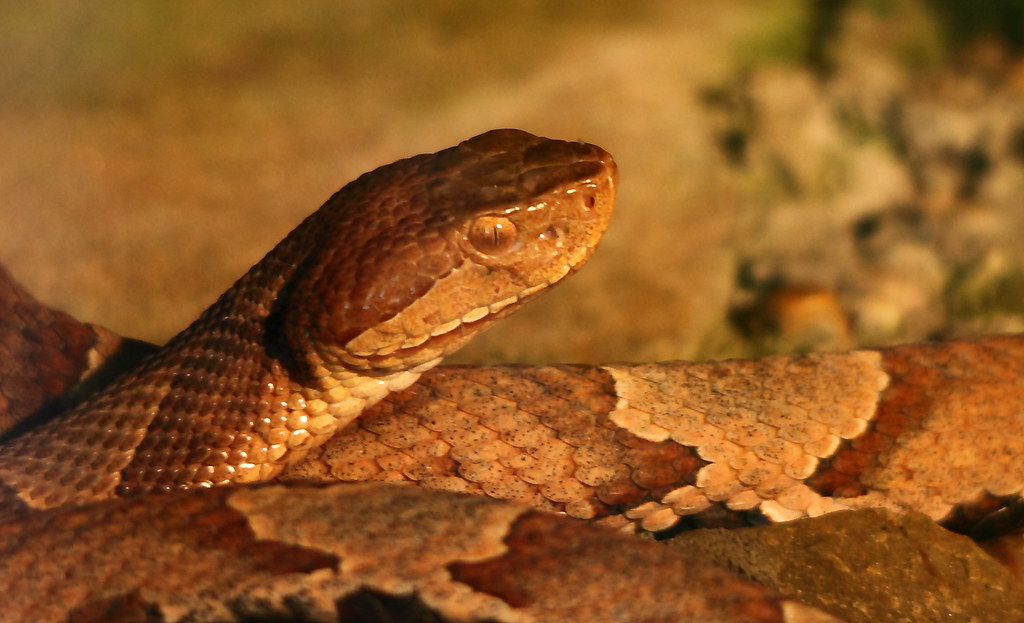
Creating snake-resistant environments begins with eliminating potential hiding spots and food sources that attract copperheads. Remove brush piles, keep grass short, and maintain a clean, debris-free zone around your home or campsite. Store firewood at least 30 feet from structures and elevated off the ground to reduce shelter opportunities for both snakes and their prey. Address rodent problems promptly, as mice and rats are primary food sources that may draw copperheads to residential areas.
When camping, select open areas for tent placement and inspect the site thoroughly before setup, avoiding locations near rock piles, dense vegetation, or fallen logs where snakes might shelter. Keep food in sealed containers and dispose of trash properly to avoid attracting rodents that might subsequently attract snakes. Consider using snake-repellent products containing essential oils like clove and cinnamon around perimeters, though their effectiveness varies and should be considered supplementary to proper habitat management.
Teaching Children About Copperhead Safety
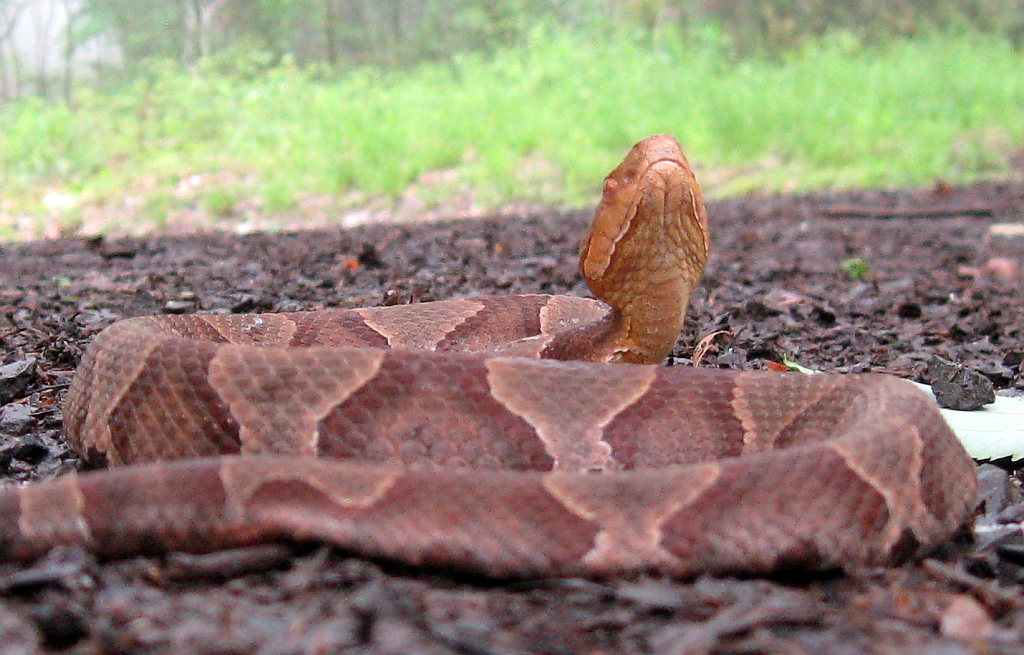
Educating children about copperhead safety requires age-appropriate information that balances awareness with unnecessary fear. Teach children to recognize copperheads from a safe distance by showing them pictures and pointing out key identifying features like the hourglass pattern and copper-colored head. Establish clear rules about never approaching, touching, or attempting to catch any snake, regardless of whether they believe it’s venomous.
Instruct children to immediately alert an adult if they spot a snake rather than investigating themselves or showing it to friends. Emphasize the importance of staying on established trails, wearing closed-toe shoes, and watching where they place their hands and feet when exploring outdoors. Practice what to do if they encounter a snake—stop, back away slowly, and tell an adult—through role-playing scenarios that help reinforce these critical safety behaviors. Remind children that snakes play important roles in the ecosystem and deserve respect rather than fear or persecution.
The Ecological Role of Copperheads
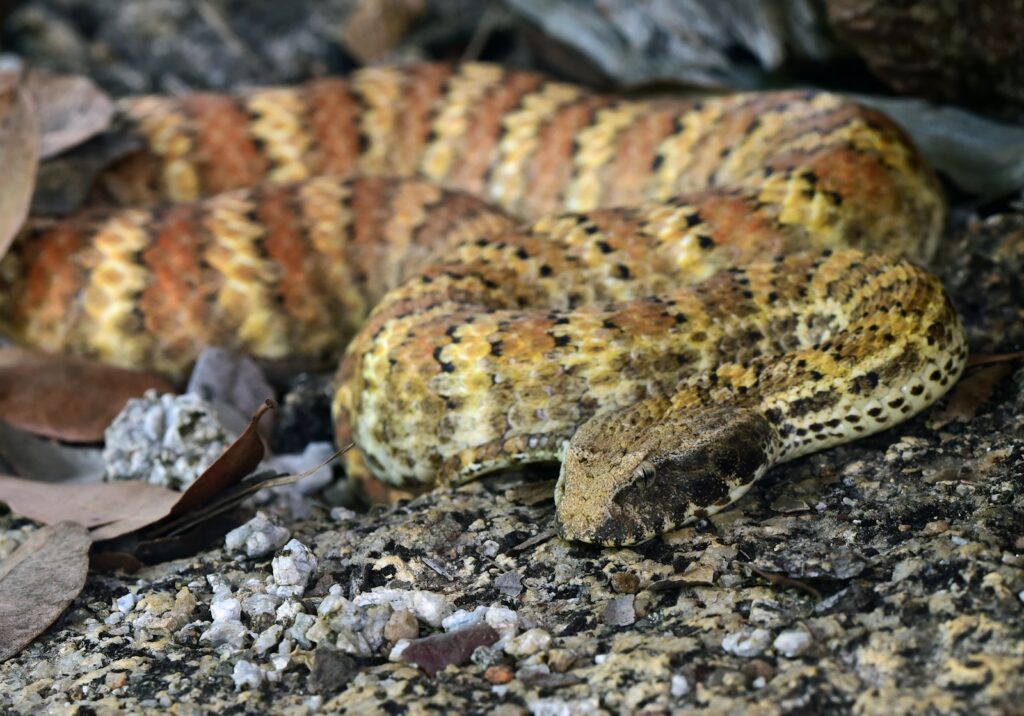
Despite their fearsome reputation, copperheads fulfill vital ecological functions in their native habitats. As mid-level predators, they help control populations of small mammals like mice and voles that might otherwise experience unchecked growth and cause agricultural damage or spread disease. Copperheads also consume large quantities of insects and their larvae, including many species considered agricultural pests. In turn, they serve as prey for larger predators such as kingsnakes, hawks, and owls, forming an important link in the food web.
Their presence in an ecosystem often indicates a healthy, balanced environment with sufficient biodiversity to support predator-prey relationships. Understanding the ecological importance of copperheads can foster greater appreciation for these often-misunderstood reptiles and encourage conservation efforts that benefit entire ecosystems rather than focusing solely on more charismatic species.
Despite their venomous nature, copperheads deserve our respect rather than fear. By understanding their behavior, habitat preferences, and the appropriate responses to encounters, outdoor enthusiasts can safely share spaces with these remarkable reptiles. Remember that copperheads, like all wildlife, play important roles in maintaining healthy ecosystems.
With proper knowledge, preparation, and a respectful attitude, your encounters with these distinctive snakes can become memorable learning experiences rather than dangerous confrontations. Stay alert, give them space, and appreciate them from a distance—this approach ensures safety for both humans and snakes as we continue to enjoy the natural world.

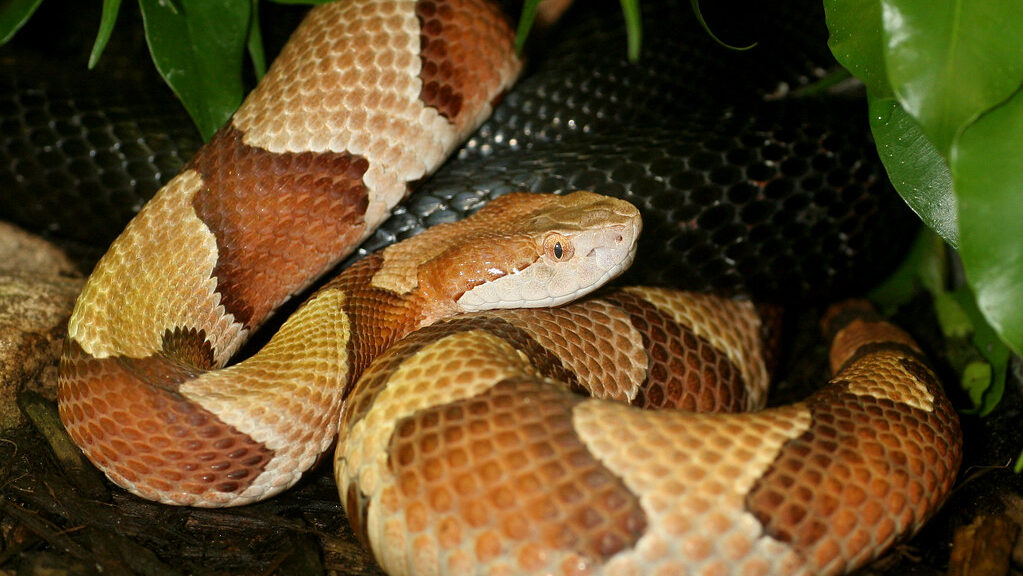
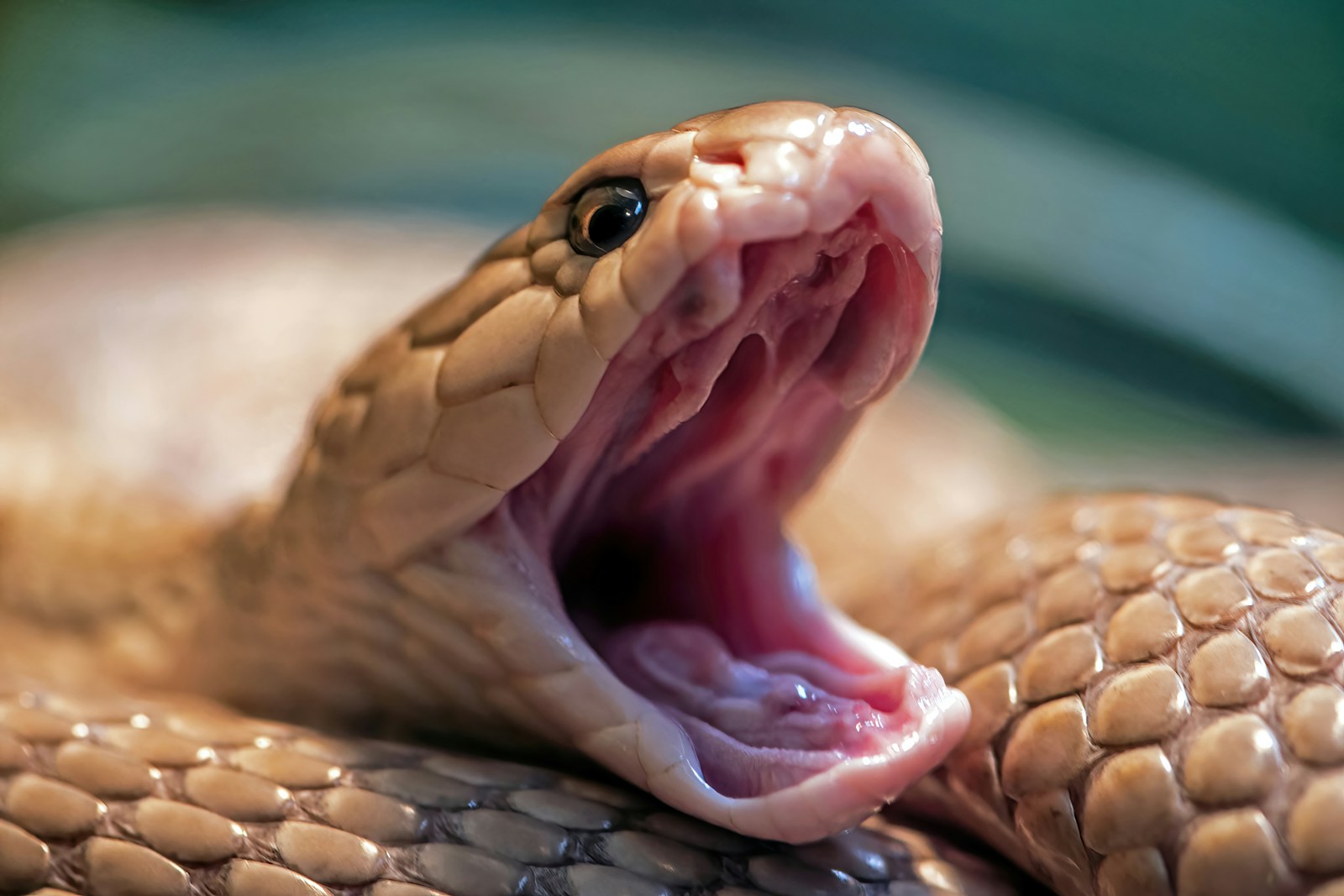
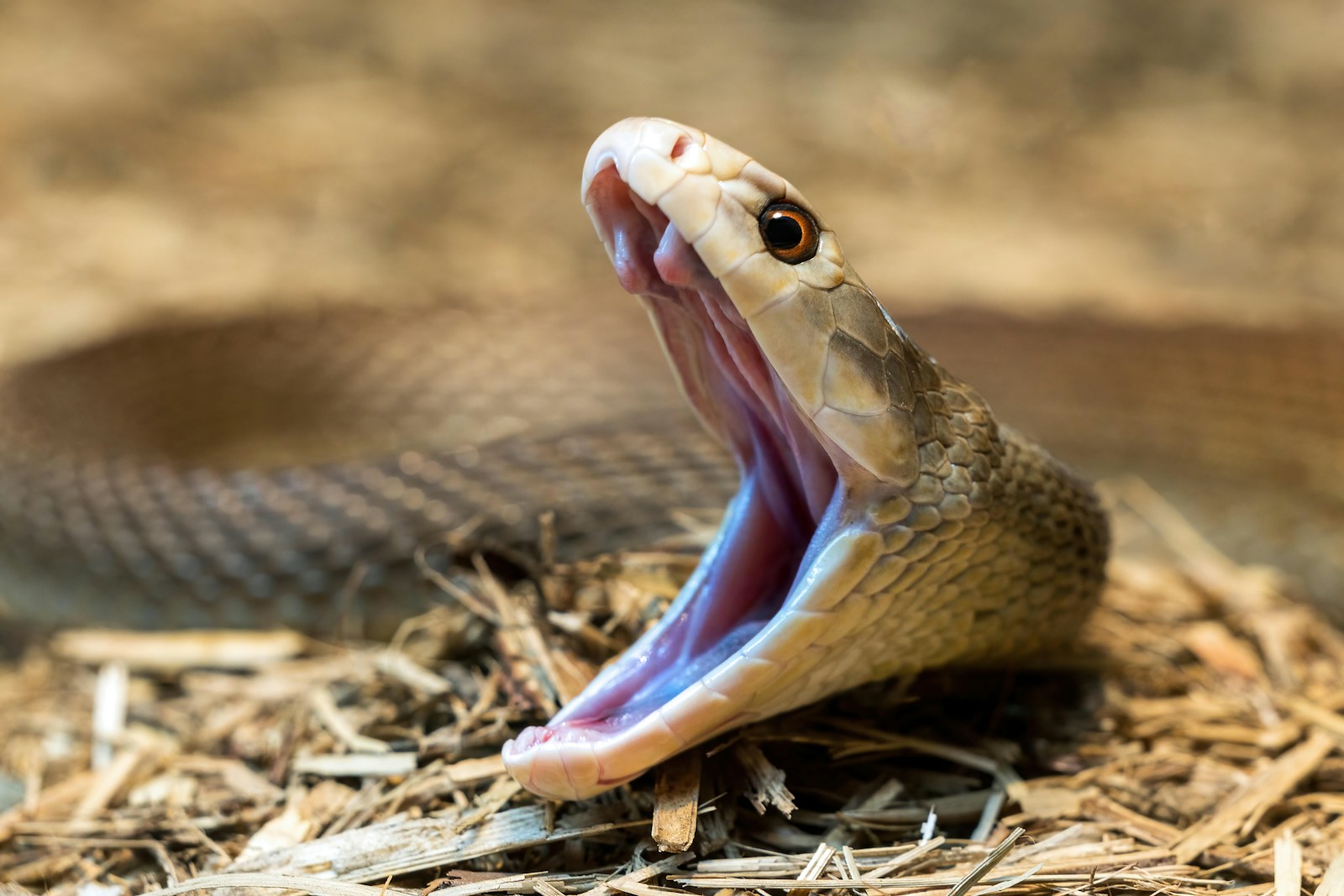
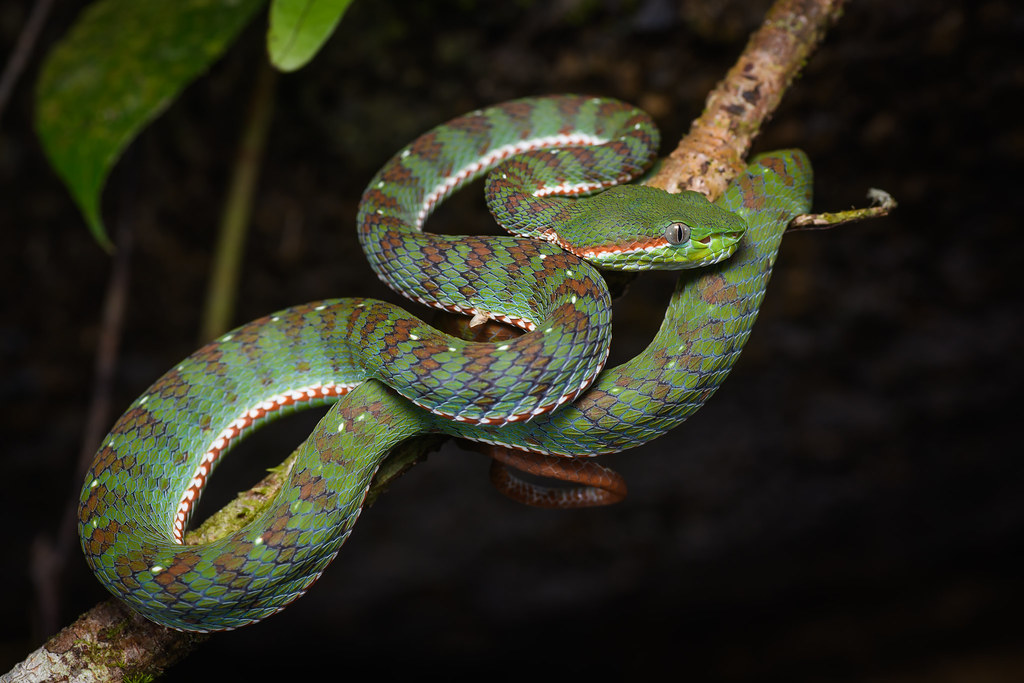
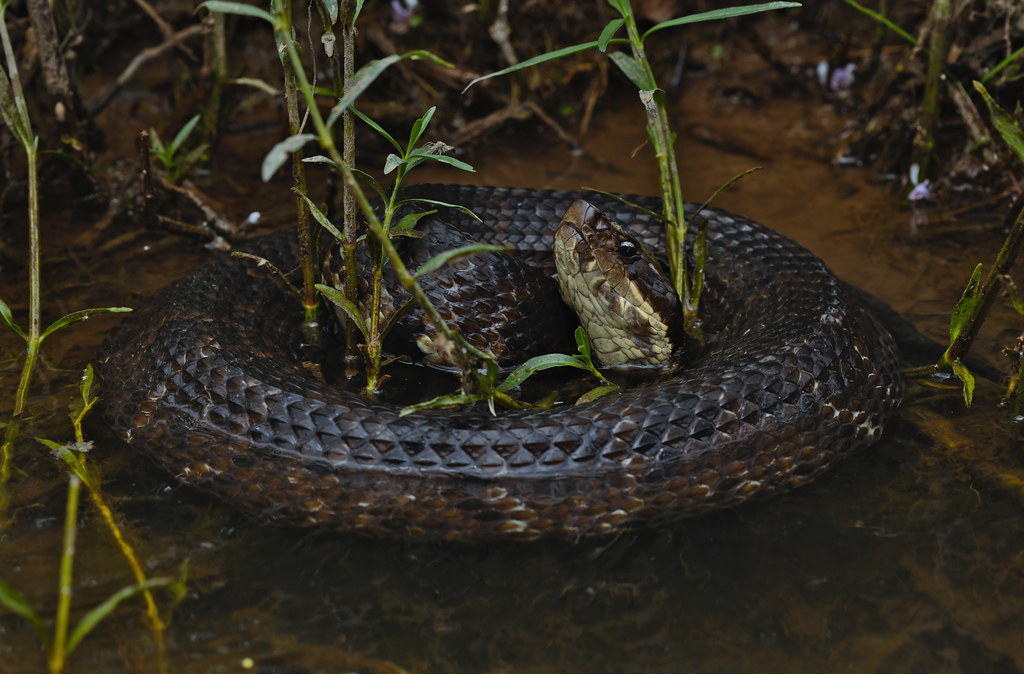


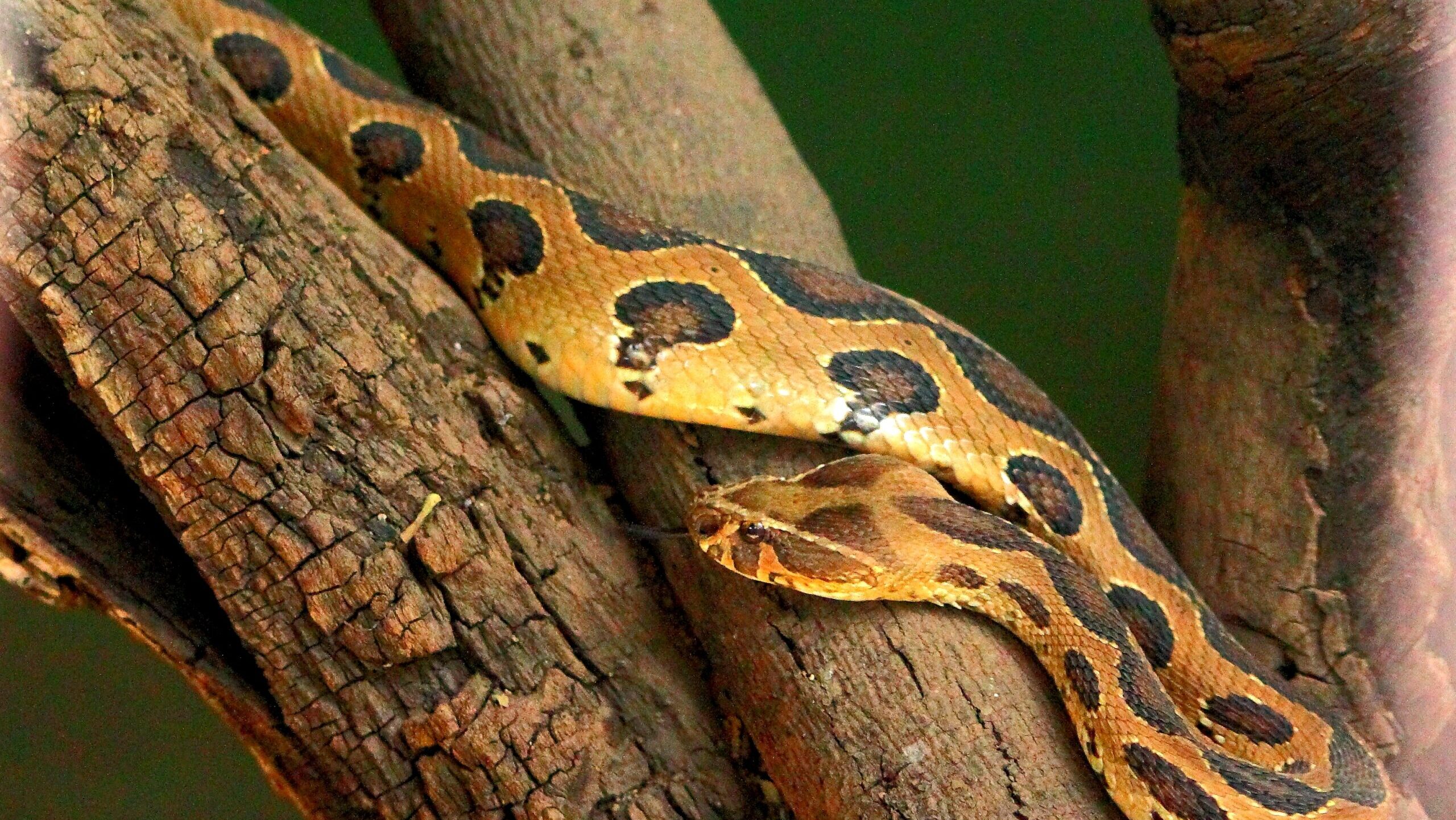
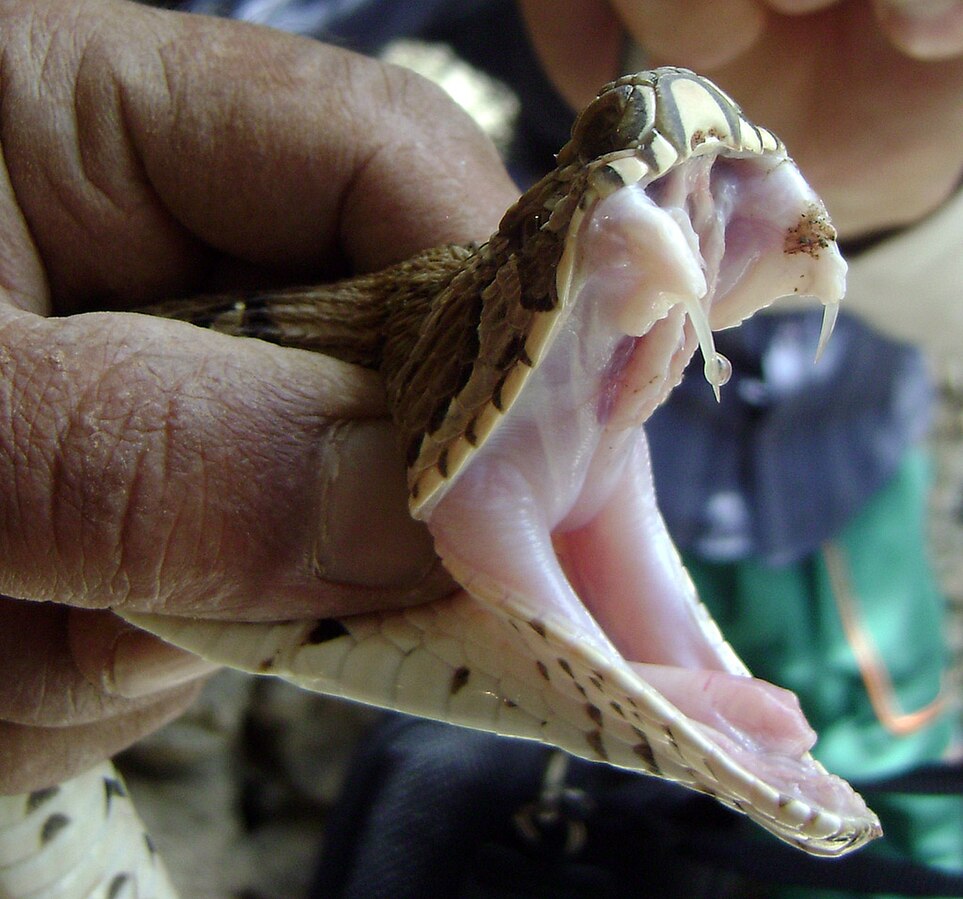
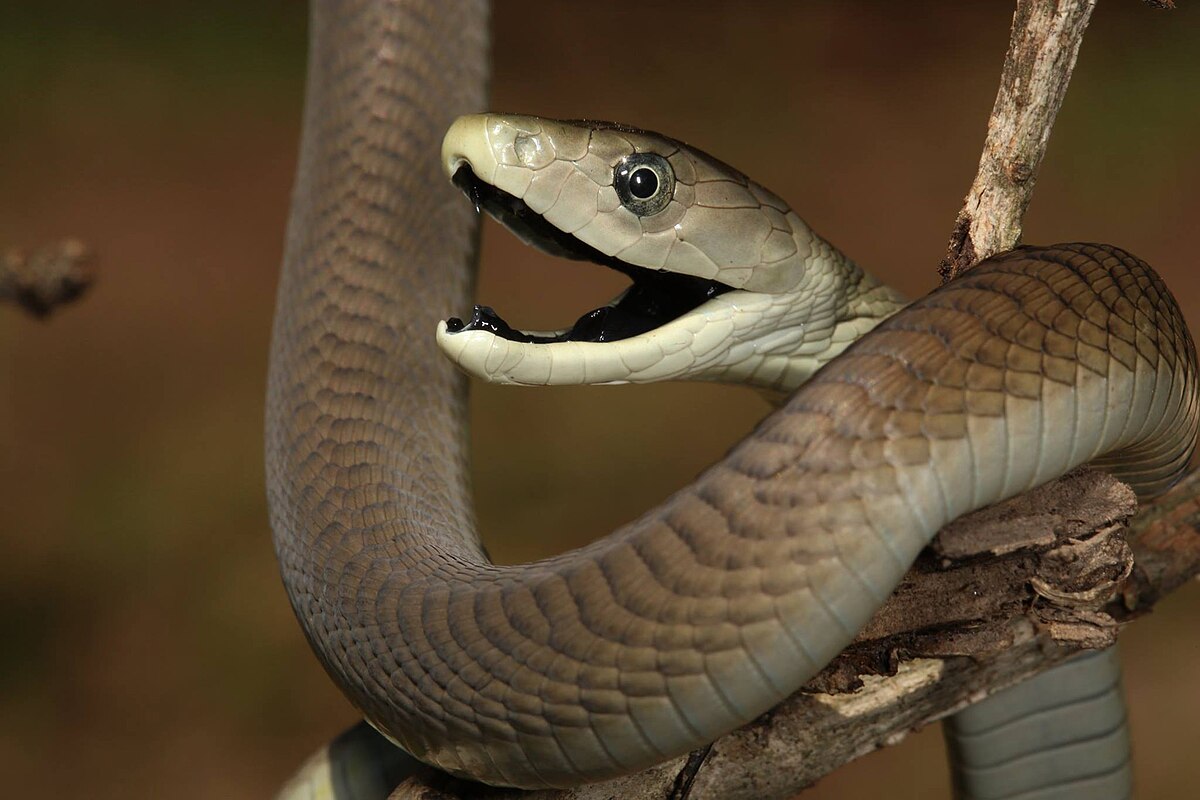
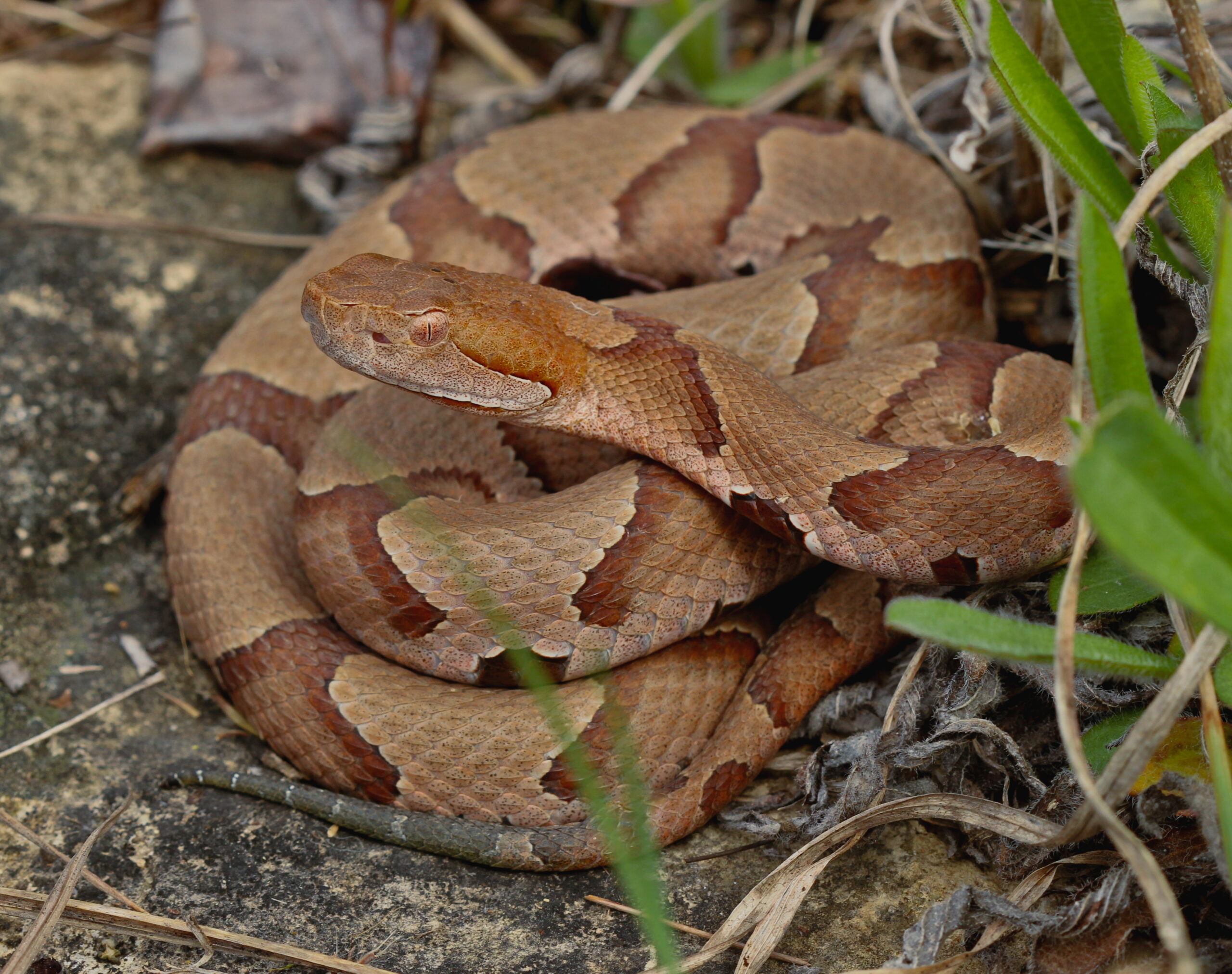




Leave a Reply